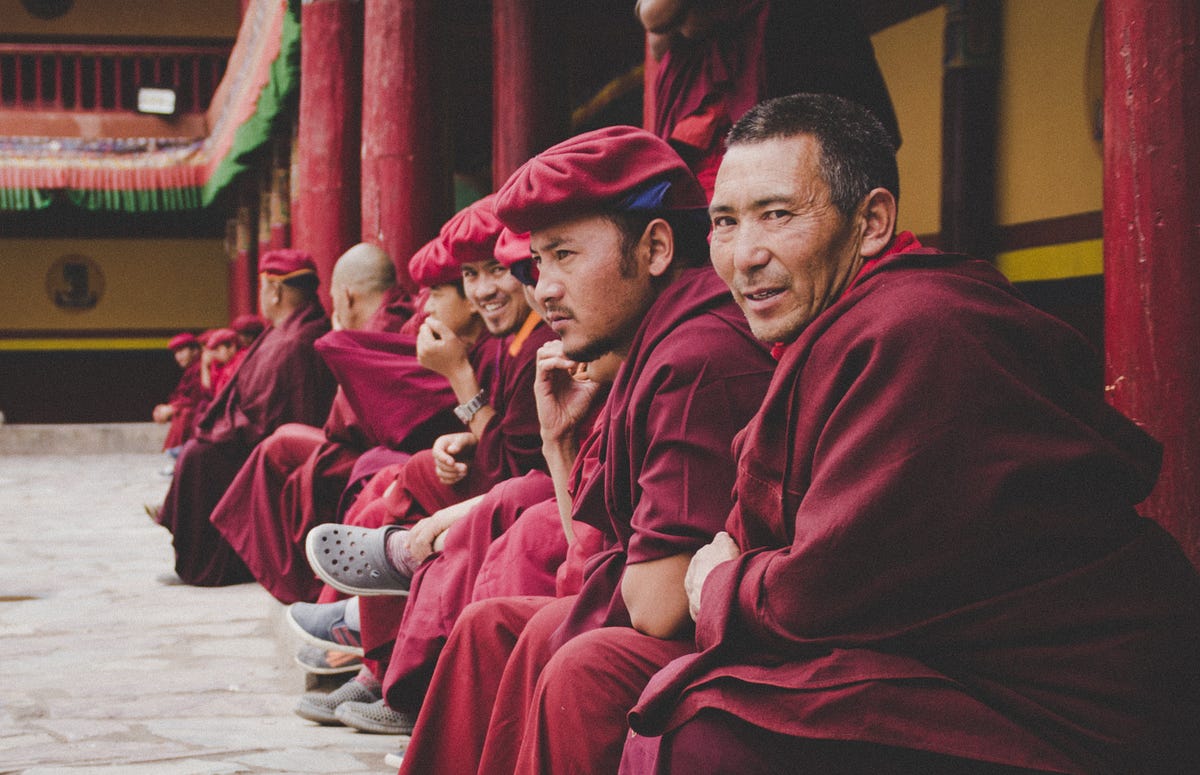Brand new studies suggests that the Inca payment was at continuous usage from about 1420 to 1530
Machu Picchu, the spectacular mountainside settlement in southern Peru, can be erroneously referred to as the “Lost town of the Inca.”
Relevant Content
The fact is, the website had not been a city at all: Fifteenth-century emperor Pachacuti probably constructed the beautiful group of stone structures as a palace in which Inca elite group could avoid the challenges of regional funds Cusco, appreciating shopping, gambling, feasting and a lot more. This means, the so-called “city” functioned a lot more like a vacation escape than a locus of state electricity.
Historians have traditionally relied on colonial-era textual facts to determine whenever Pachacuti came to electricity and began making Machu Picchu. But brand new investigation directed by Yale college anthropologist Richard hamburger employs higher level logical techniques to declare that Machu Picchu are decades avove the age of formerly thought.
Burger along with his colleagues made use of a form of radiocarbon matchmaking also known as accelerator mass spectrometry (AMS) as of yet tooth and bones of 26 people restored from burial sites around Machu Picchu. Their own success, posted this week in record Antiquity, show your popular landmark has reached the very least 20 years more than colonial texts indicates.
As Jack man research for CNN trips, the results reveal that men lived continually at Machu Picchu from at the least 1420 to 1530. Some have lived during the site even earlier on.
Up to now, historians convey more or less approved the chronology of Inca record organized in messages authored by Spanish conquistadors whom overthrew the Inca national inside the 1530s. These works indicate that Pachacuti snatched energy in 1438, based on a statement.
Predicated on these texts, along with investigation published by American archaeologist John Rowe in 1945, most scholars predicted the emperor purchased Machu Picchu’s development as their country house between 1440 and 1450, report Kevin Rawlinson for the protector.
But hamburger and his team argue that historians’ dependence on colonial messages produced an incorrect schedule.
“so far, quotes of Machu Picchu’s antiquity additionally the period of their career were considering contradictory historic records published by Spaniards inside the course following Spanish conquest,” says hamburger within the statement. “This could be the very first research according to medical research to supply an estimate when it comes down to founding of Machu Picchu while the amount of their job, providing us with a clearer picture of the site’s beginnings and background.”
Trish Biers, an osteologist at Cambridge institution who was maybe not involved in the study, says to the protector that authored options, such as the your produced by Spanish conquistadors, will scientists see the Spanish viewpoint with this tumultuous years in Southern US background. But students should uphold a wholesome level of doubt when dealing with these means as fact, she claims, as they had been “heavily influenced by governmental propaganda, religious superiority, in addition to general subversive sound for the Spanish Empire, which in fact had its very own shimmering agenda.”
Both clinical research and authored messages provide vital suggestions for historians tasked together with the hard services of creating feeling of the last, Biers includes.
“Without an understanding associated with rationale behind Inca government, Inca faith and exactly how in which the Inca regarding conquered and allied populations—all described in created sources—archaeology could be of little incorporate or is too burdensome for students to understand and contextualize their conclusions,” she claims.
A 1912 photo of Machu Picchu by Yale-affiliated specialist Hiram Bingham III (people domain via Wikimedia Commons)
When it comes down to research, Burger and his peers learned the keeps of 26 Inca people that comprise interred under high cliffs plus in low caverns and around Machu Picchu. The bones “show little proof involvement in heavier labor,” compose the authors within the papers. As an alternative, funerary products buried utilizing the dead identify which they comprise most likely “retainers,” a group of multi-ethnic royal attendants which resided at the palace and worked as specialized artisans or religious numbers year-round.
A Yale-affiliated explorer, Hiram Bingham III, got rid of the stays from four cemeteries and brought these to the United States in 1912. The year previous, Bingham got stumbled on the wrecks of Machu Picchu after soon after a tip from a local muleteer, as Lily Rothman reported for Time journal in 2015. (He’d at first been searching for Vilcabamba, a rumored “lost area” on the Inca in which elites escaped after Spanish conquistadors’ arrival, authored Mark Adams for state Geographic in 2018.)
Bingham is sometimes inaccurately described as the “discoverer” of Machu Picchu. But options attest that residents residing around the webpages know about any of it for years before their introduction. Bingham wasn’t even the basic Euro-American outsider to visit the mountaintop palace, according to Peter Eisner of Smithsonian mag.
For decades, the human remains and items Bingham took from Machu Picchu happened to be conducted on Yale Peabody Museum of organic background.
Inside mid-2000s, but Peruvians staged protests and located increased strain on the Connecticut institution to come back those items on their country of source. After Peru’s national registered a lawsuit in federal legal, both parties concerned a contract to the objects’ return, as Diane Orson reported for NPR last year.
All human keeps alongside archaeological finds from Bingham’s journey have since been delivered back to Cusco, in which these are typically conserved during the Museo Machu Picchu, notes  the declaration.
the declaration.